Invasion of Poland
Individual drones had previously been spotted in European airspace, but on 10 September, an unprecedented event occurred: during Russia's massive attack on Ukraine, 19 Russian drones flew into Polish territory. As a result, the airports in Rzeszów-Jasionka, Lublin and Warsaw were closed. For the first time, Poland gave the order not only to scramble its aircraft, but also to use them to shoot down the UAVs.
Debris from the drones fell in five provinces, most of it in Lublin. They are still being found today. On 4 October, residents of the Mazovia Province reported suspicious objects near the village of Zaremby Warholy.
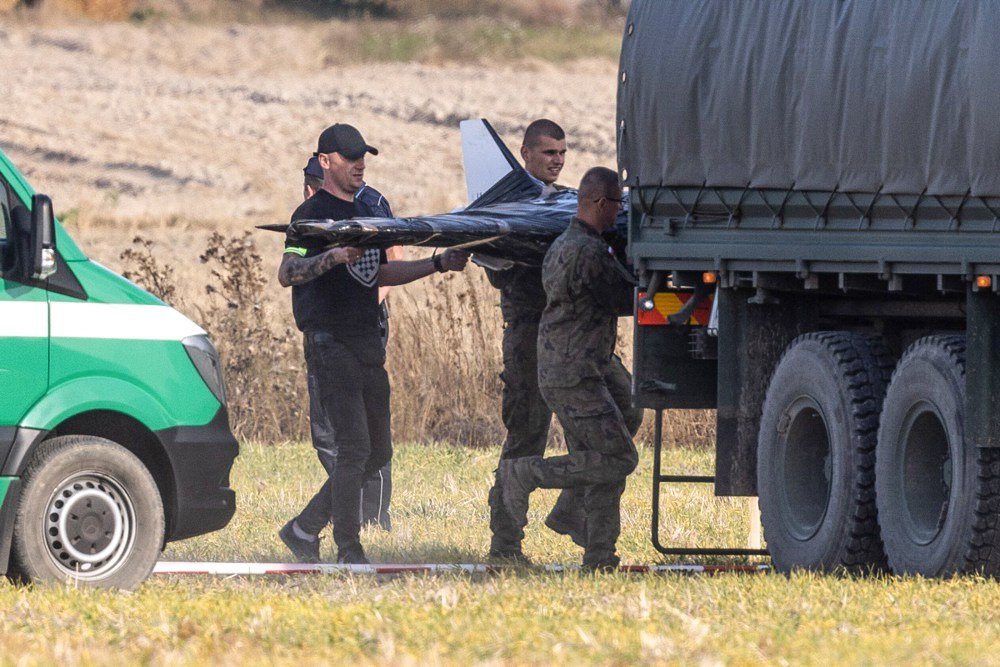
In response to the attack, Warsaw invoked Article 4 of the NATO Treaty, which provides for consultations. The Alliance members consulted and decided to launch Operation Eastern Guardian, which involves the transfer of additional aircraft to Poland to protect its airspace. Separately, the Polish authorities also spoke with the presidents of the United States and Ukraine. Volodymyr Zelenskyy offered the Poles and all other willing allies the opportunity to learn how to shoot down drones from the Ukrainian military. The Polish authorities took advantage of this opportunity and sent their military personnel to gain experience. However, they did not go to Ukraine, which repels drone attacks on a daily basis, but to Denmark, where a Ukrainian military delegation went to share with its partners the intricacies of fighting Russian UAVs.
At the same time, the Polish authorities stated that these drones did not pose a threat, as no combat components were found in their wreckage. NATO came to a similar conclusion, although they saw signs of a deliberate drone intrusion.
Romania, Norway, Denmark, France, Germany... who's next?
The attack on 10 September was the most daring (so far), but not the last. From that day on, there has been a series of drone incidents covering an increasingly wider area of Europe. Just three days later, on 13 September, a single Russian drone flew into Romania. Bucharest decisively scrambled its air force, but did not deploy it. The drone penetrated Romanian territory for about 10 kilometres and operated in NATO airspace for about 50 minutes. What did the Romanian authorities say? Correctly, that the drone did not fly over populated areas and did not pose a threat to them.
There have already been several reports of drones in Norway. In particular, on 30 September, an unknown unmanned aerial vehicle was spotted in the Norwegian city of Brønnøysund, causing the local airport to suspend operations.
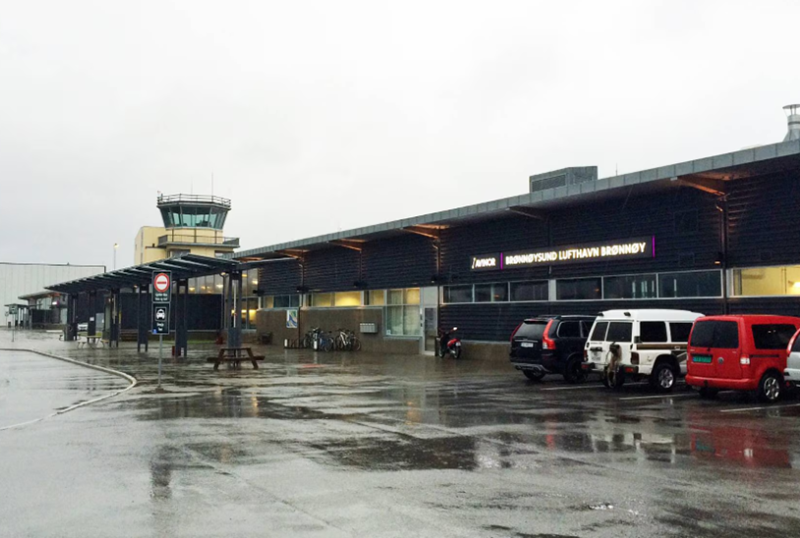
As of 30 September, Lithuania, Latvia, Estonia, Denmark, Germany, and France also reported sightings of "unknown drones." They flew mainly over infrastructure facilities, including airports.
Incidentally, drones were spotted in Lithuania long before the attack on Poland, on 28 July. According to the country's defence minister, they most likely came from Russia. Lithuania asked NATO for help in strengthening its air defence.
In France, drones were spotted near the Mourmelon-le-Grand military base on 22 September. The French Ministry of Defence noted that there is currently no reason to talk about foreign interference related to the launch of drones. Interestingly, last year, the Mourmelon-le-Grand military base hosted a group of Ukrainian military personnel who were undergoing training in France.
On 26 September 2025, unidentified drones were spotted near military facilities in Denmark, following several similar incidents near five airports and critical infrastructure that same week. Copenhagen Airport was closed for several hours due to the discovery of a large number of UAVs. NATO responded by promising to "further strengthen vigilance" in the Baltic Sea region.
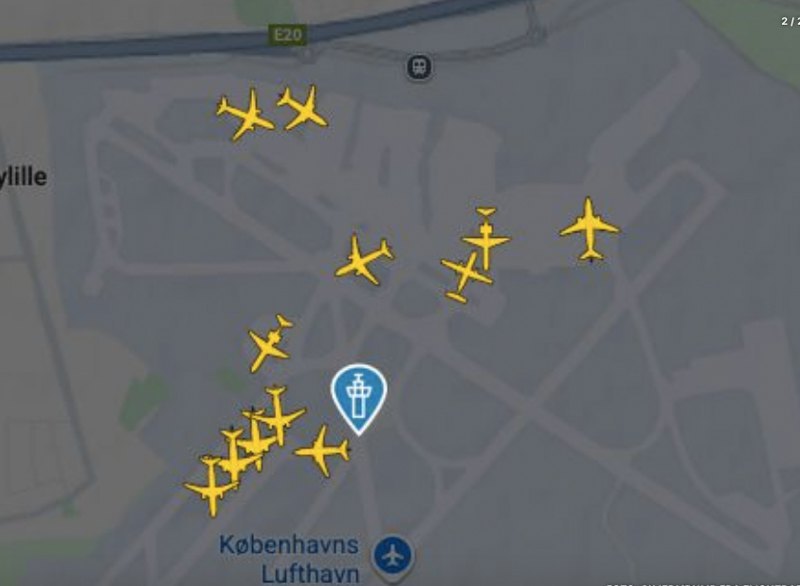
Drones were also spotted flying over the German Schleswig-Holstein state, which borders Denmark.
"The police are now significantly stepping up measures to protect against drones and are also coordinating with other northern German states," Euronews quoted local Interior Minister Sabine Sütterlin-Wack as saying.
On 27 September, a drone was spotted over a hydroelectric power station in Finland.
On 4 and 3 October, drones flew over Munich.
According to Ukrainian sources, Russia may have used tankers to launch drones over the Baltic Sea.
Denmark and Norway have announced their intention to jointly investigate these incidents. Danish Prime Minister Mette Frederiksen called the drone flight over Copenhagen "the most serious attack on Danish critical infrastructure," adding that the identities of those behind the hybrid attack are still being determined, but Russia cannot be ruled out. European Commission President Ursula von der Leyen said that the European Union's infrastructure is at risk.
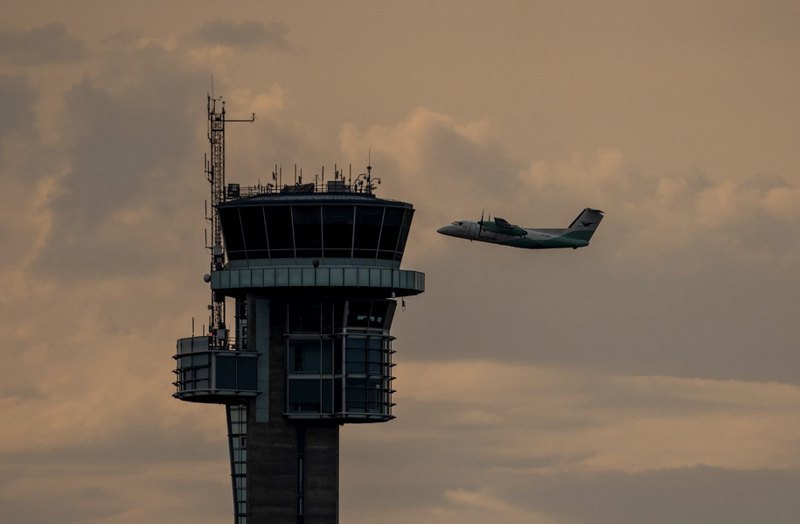
Meanwhile, Russia violated NATO airspace not only with drones, but also with manned aircraft. And all this against the backdrop of the same drone escalation in Poland. On 19 September, three Russian fighter jets violated Estonian airspace and remained there for 12 minutes. In response, the country invoked the same Article 4 of NATO as Poland had done earlier.
"Anti-drone wall" and Wings of Defence
Despite the clearly non-coincidental nature of all these incidents, Europe is not yet discussing new measures against Russia – only announcing the strengthening of countermeasures.
The European Commission believes that a system to counter hostile drones can be created within a year.
"One year is a realistic timeframe. We will now work with Member States to achieve this," said EC spokesman Thomas Regnier at a briefing, commenting on the results of a meeting between EU countries and Ukraine on the initiative to "build a wall against drones".
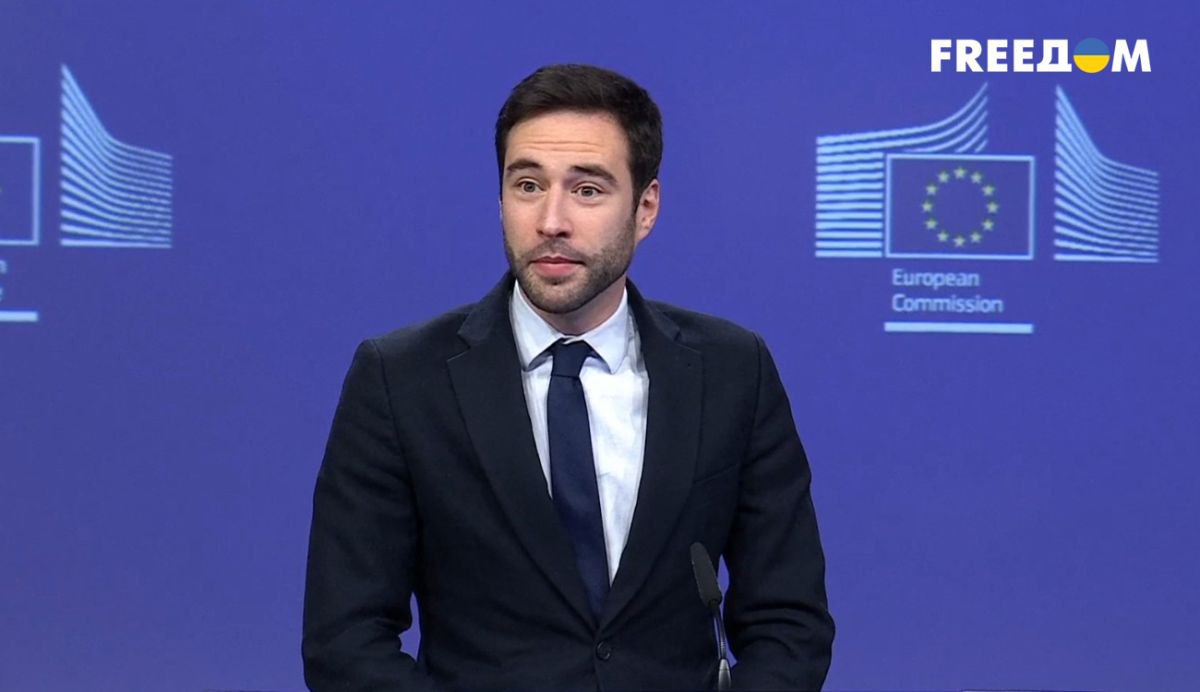
When asked whether the project envisages the destruction of all incoming drones, Mr. Regnier replied that he prefers to exercise caution in this regard. At the same time, he confirmed that the "anti-drone wall" will have a dual function: detecting drones and responding to their arrivals.
In Denmark, as part of the joint Wings of Defence exercises, Ukrainian specialists shared their experience of countering strike UAVs with their partners. "Ukrainian military personnel arrived in Denmark to support their partners in connection with the situation related to the appearance of unknown drones over the country," the General Staff of the Armed Forces of Ukraine clarified.
Meanwhile, almost a month after the massive attack on Poland, "unknown" drones continue to fly unhindered over European cities.








